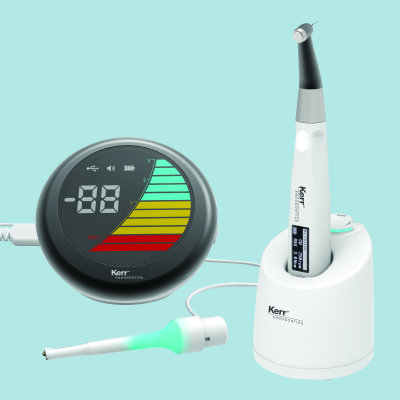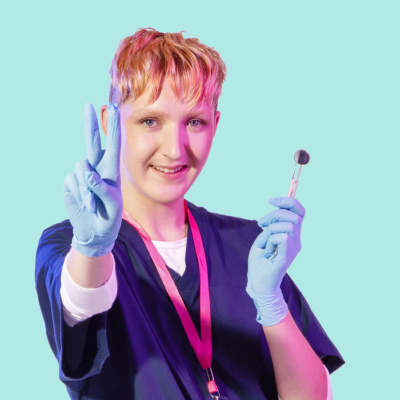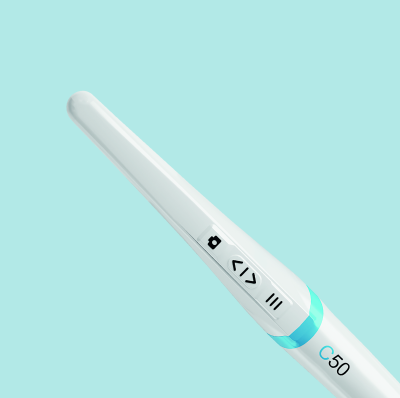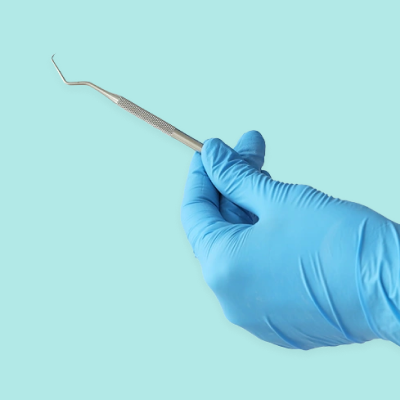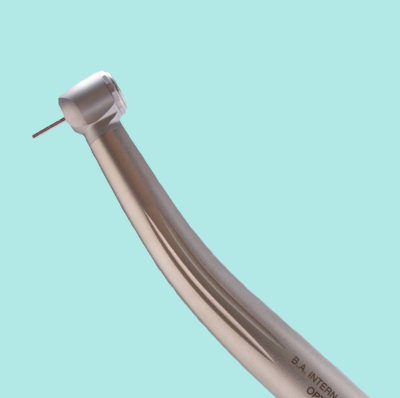With prices still well above pre-energy crisis levels and the forecasts for 2024 looking uncertain, now is a good time to begin paying greater attention to your energy use. Here is a look at some equipment-based ideas to reduce your practice’s energy consumption and help contribute to the industry’s larger sustainability goals.
What’s The Problem?
Although 2023 saw some stabilisation following the unprecedented rises in energy prices of the previous year, prices are now still double what they were at the start of 2021. In addition to the energy crisis, the dangers of climate change and the NHS’ ambitious aims to reduce emissions by 80% over the next 6-10 years means there is now a real responsibility for every practice to improve its green credentials. Energy currently accounts for roughly 14 to 21% of the dental industry’s greenhouse emissions, second only to travel on the dental carbon footprint.
What’s The Solution?
Switching to energy-efficient equipment can be a great way to begin instantly saving a small amount of money, which can add up to substantial savings over the course of a year or two. Here are a couple of our top recommendations:
Autoclaves
Autoclaves are notoriously one of the most energy intensive pieces of equipment in the practice and consume similar amounts as an air conditioning unit at between £182 and £242 a year.
Practitioners need to ensure they purchase the appropriate model for the purpose intended; too small a product will result in additional machine cycles and too big a machine will result in low capacity machine utilisation. To help minimise energy consumption, ensure you purchase the appropriate model for the purpose intended; too small a product will result in additional machine cycles and too big a machine will result in low-capacity machine utilisation
Our recommendation:
W&H Lisa Autoclave. Uses Eco Dry+ technology to adapt the drying time to the mass of the load. This reduces the cycle time, increases the life span of your instruments and optimises the energy consumption.
Curing Lights
LED curing lights are a prime example of how the energy use of dental equipment can be reduced with a shift in technology. Though LED lights now consume very little energy, their sheer frequency of use means that they can quickly breakdown if not maintained properly. This can lead to the regular need for charging or replacing of lightbulbs.
Our recommendation:
Demi Plus LED Curing Light.Periodic level shifting technology (PLS) can deliver a 5-second cure for shades A3 and lighter without generating excess heat. Outstanding battery life can provide 300 x 10 second cures from a single charge.
What Else Can Be Done?
Outside of dental equipment, energy efficient technologies should be adopted in other areas, such as the lighting and computers. A practice with eight 60-watt light bulbs that are turned on for 10 hours a day costs approximately £150 (507kg CO2e) per year, according to the Centre for Sustainable Healthcare.
Switching to fluorescent lighting has the potential to reduce energy expenditure and carbon emissions by one quarter. Savings will be even greater if LED bulbs are used. A desktop computer consumes between £25 and £62 of energy per year if used 8 hours a day, 5 days a week. These figures rise significantly if the computer is left on overnight. Switching to smaller laptops and making sure they are turned off overnight can be a great way of reducing energy consumption
8 more green dentistry ideas with long-term benefits
- Switch to paperless online statements (click here to find out how)
- Stock all natural oral care products, i.e., bamboo toothbrushes and floss
- Stock recycled disposables where possible, i.e., toilet roll and hand towels
- Purchase restorative materials in quantities more likely to be used up before expiring
- Plan the office layout to maximise natural light and ventilation
- Install a smart meter
- Switch to water-saving toilets
- Choose less harmful surface disinfectants to clean and sterilise
Huge savings can be made on a range of eco-friendly products when you shop online at Kent Express. Click on the button below to shop our full green range.








